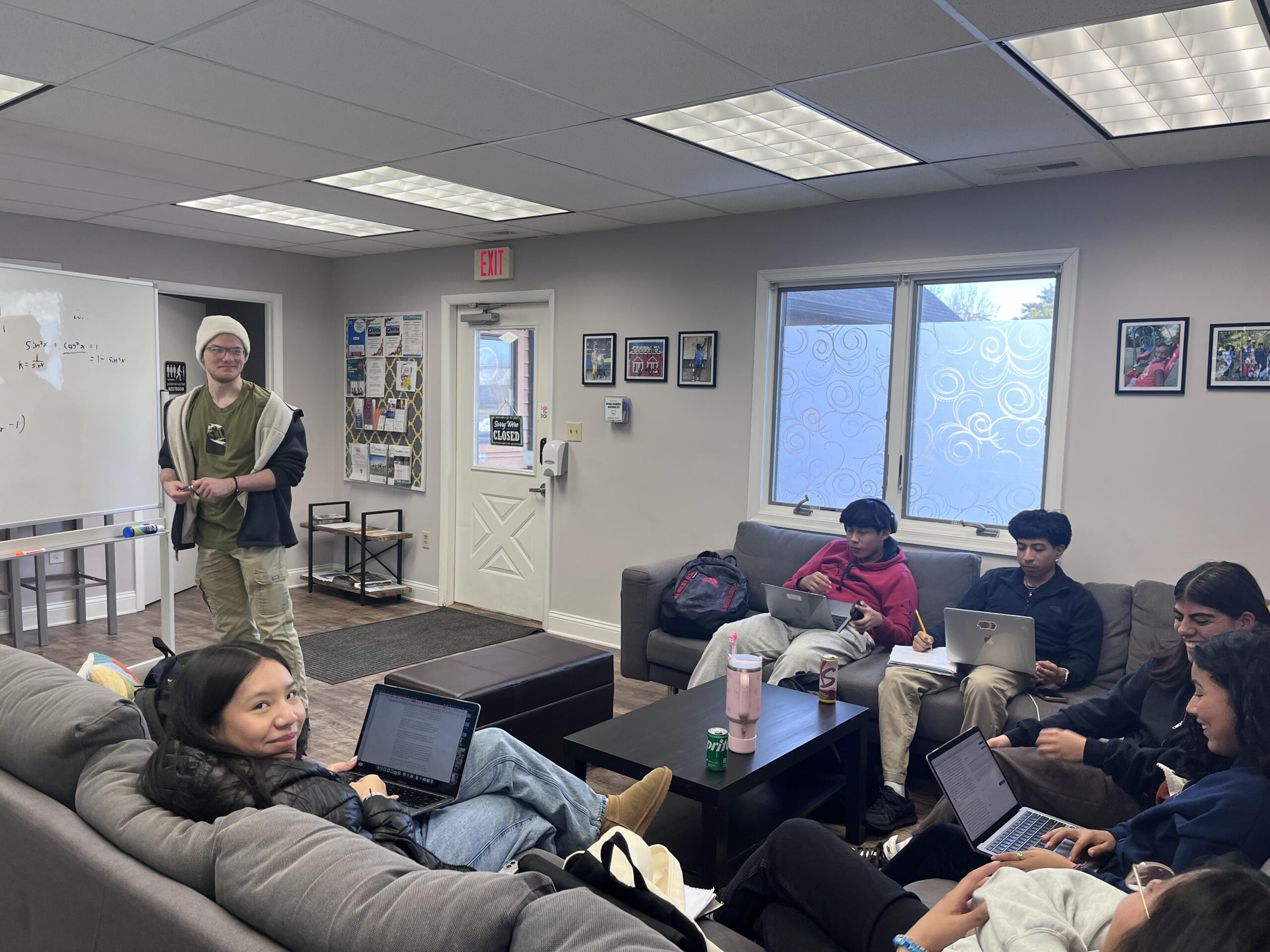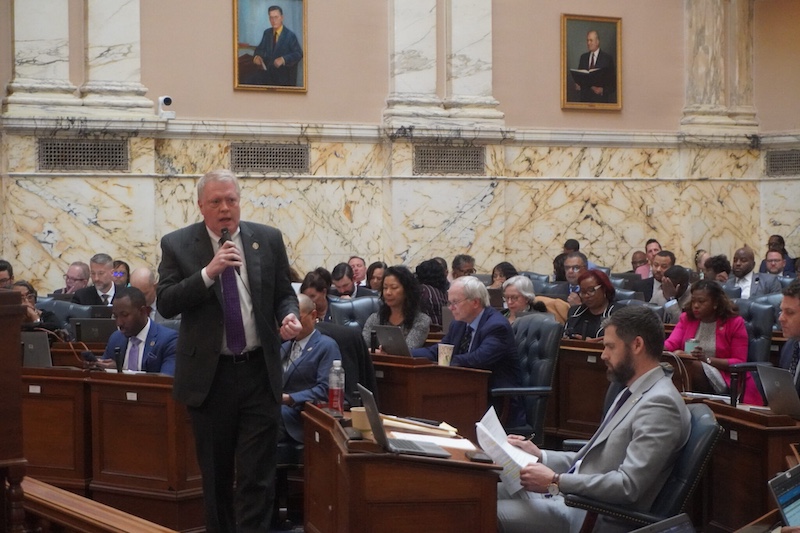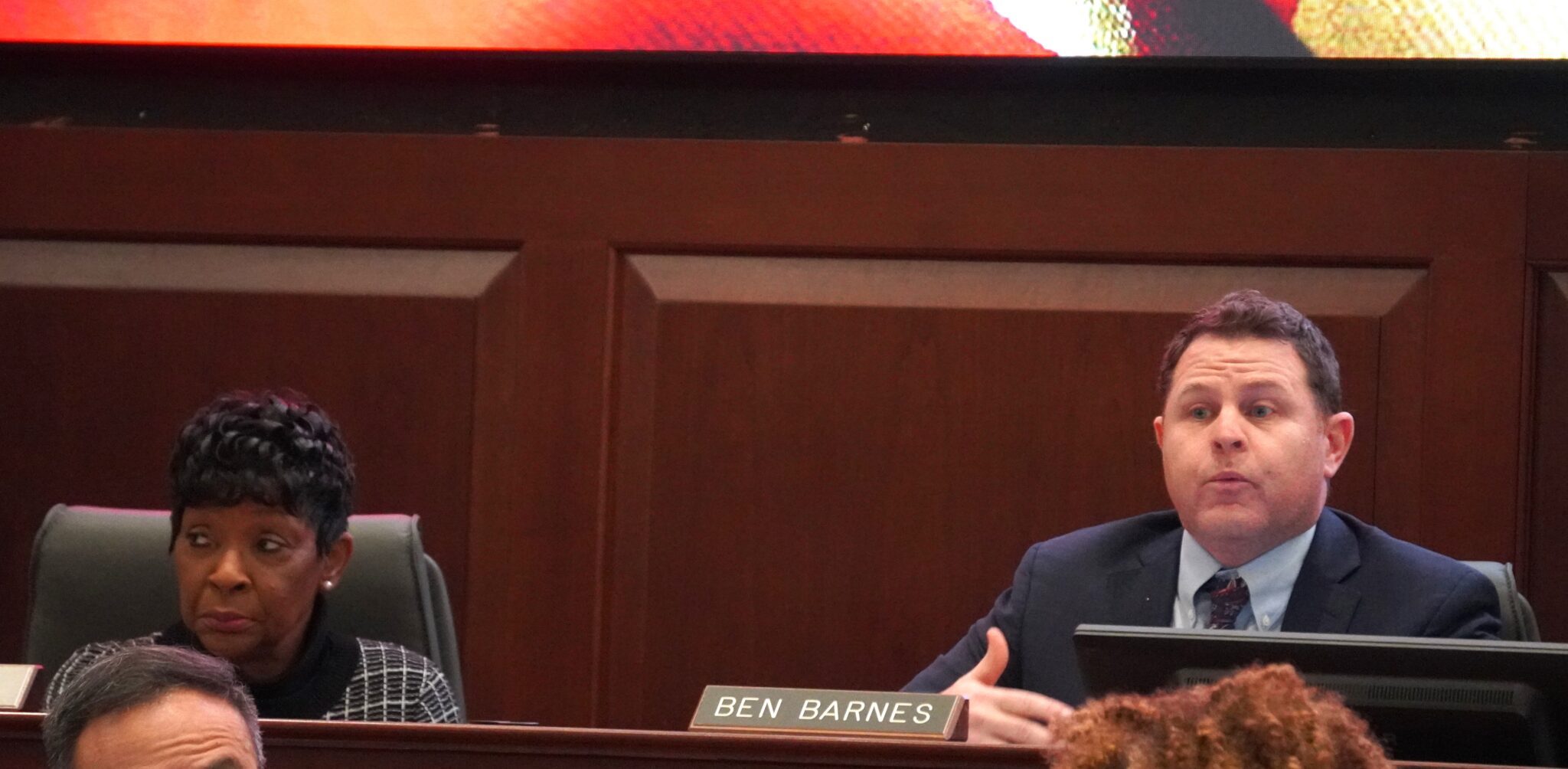Washington College announced Monday that President Michael J. Sosulski will step down later this summer to become president of Lake Forest College in Lake Forest, Illinois. Sosulski will continue to serve through July. Trustee emeritus and former Board Chair Steve Golding ’72 will assume the role of provisional Chief Operating Officer while the Board of Visitors and Governors finalizes interim leadership plans and prepares for a national search for Sosulski’s successor.
Sosulski was appointed as the College’s 31st president in the summer of 2021, arriving at a pivotal moment. Like many small liberal arts colleges, Washington faced a challenging financial landscape, including an $11 million deficit. Under Sosulski’s leadership, the College worked to stabilize its finances and revitalize enrollment through improved recruitment and marketing strategies. Since 2021, applications have risen by 120%, and the College’s endowment has reached an all-time high of more than $330 million.
Sosulski’s tenure leaves a considerable imprint on the institution. In 2022, the College invested $20 million in first-year residence hall renovations and campus-wide Wi-Fi upgrades. Other notable campus improvement projects include the redesign of the Owings Library Terrace and student-inspired renovations to the Western Shore residence halls. The College also began the process of removing three outdated residence halls—Dorchester, Cecil, and Talbot—to make way for the new home of the Warehime School of Global Business, Economics, and Social Impact. Funded by a $15 million gift from Beth Warehime Rizakos ’13—the largest single donation from an individual in the College’s history—the facility is scheduled to open in January 2028.
In 2023, Washington College received a $54.7 million gift from the Hodson Trust, significantly enhancing its ability to make a college education more accessible and affordable to students from diverse backgrounds.
Sosulski also oversaw the launch of the Innovation Plant, an entrepreneurship center that will be located at 800 High Street in one of the former Dixon Valve Company warehouse buildings. The project—currently in the design phase—has secured approximately $5 million in public and private support. Once completed, the Innovation Plant will support both Washington College students and local entrepreneurs in launching and growing businesses on the Eastern Shore.
Other key initiatives during Sosulski’s presidency include:
- Launching the Washington College Principles of Free Expressionto foster open dialogue and debate;
- Reinvigorating alumni relations with initiatives such as a fall homecoming and the relaunch of Washington College Magazine;
- Introducing a sophomore-year experience to boost student retention;
- Strengthening civic engagement through the creation of the Thomas V. Mike Miller Jr. Director of Civic Engagementrole; and
- Expanding athletics by adding men’s and women’s golf teams and reinstating cross country and track and field.


















